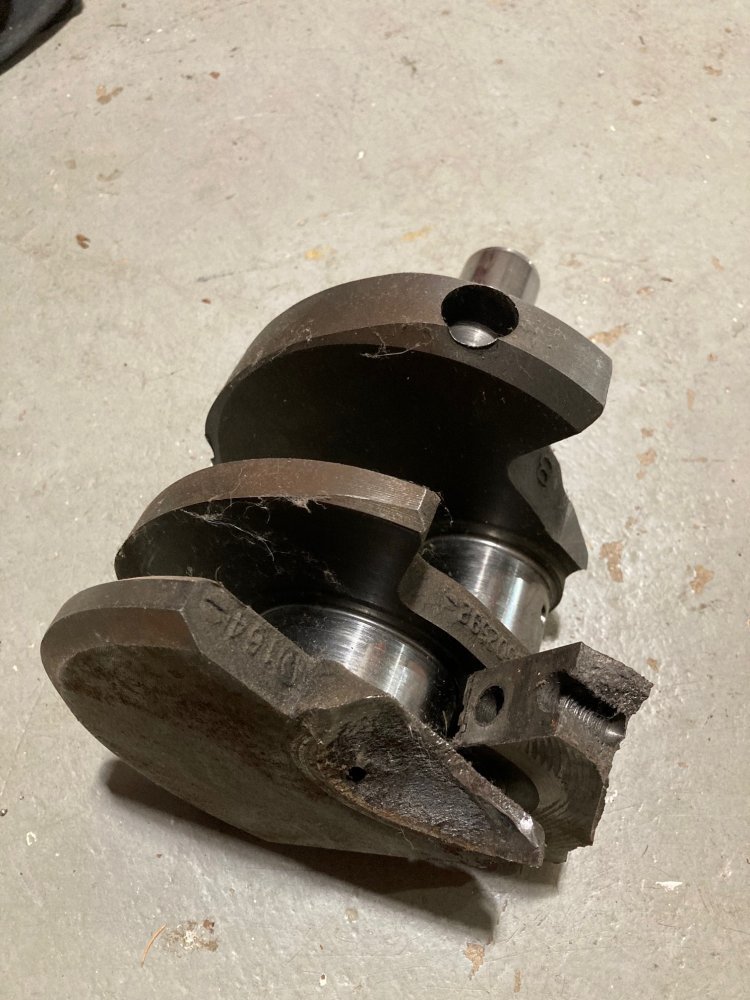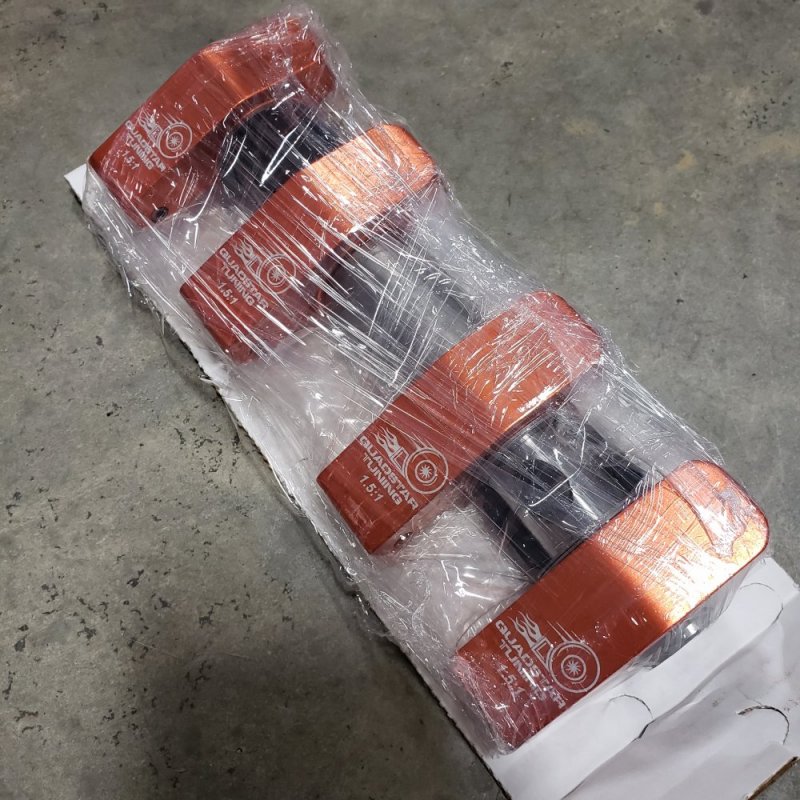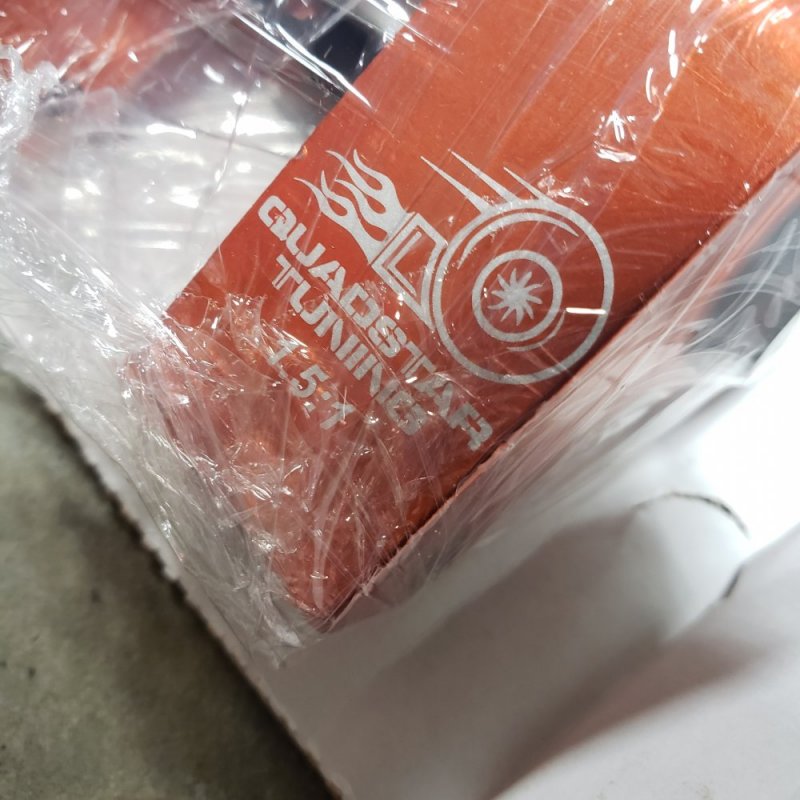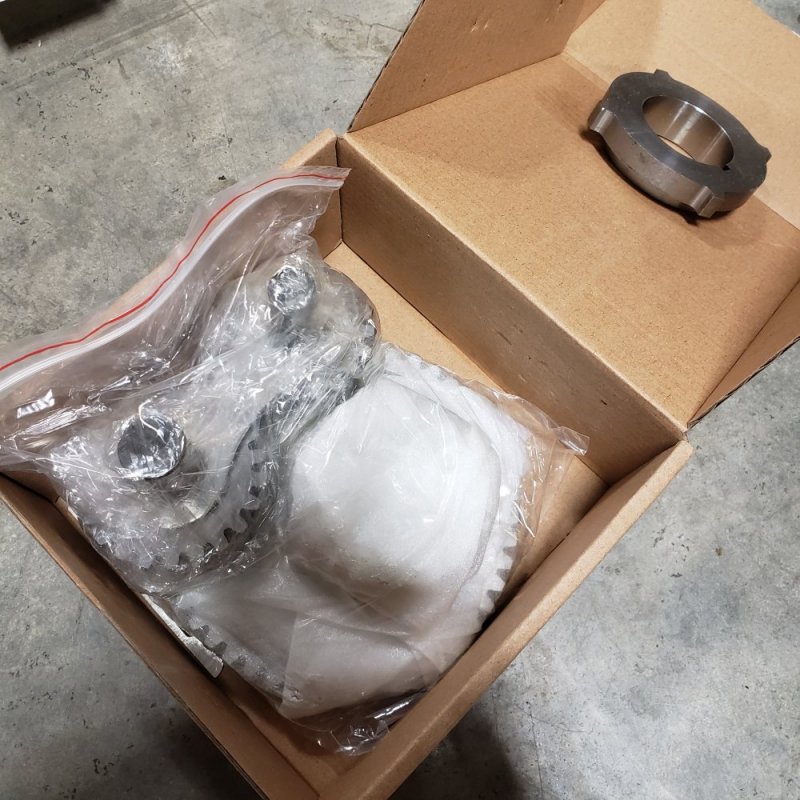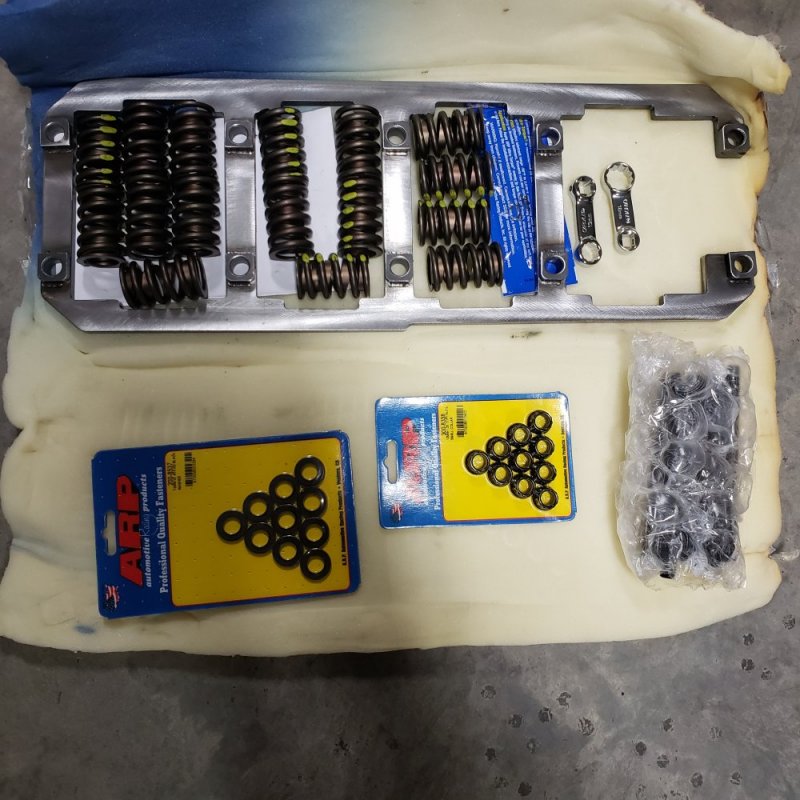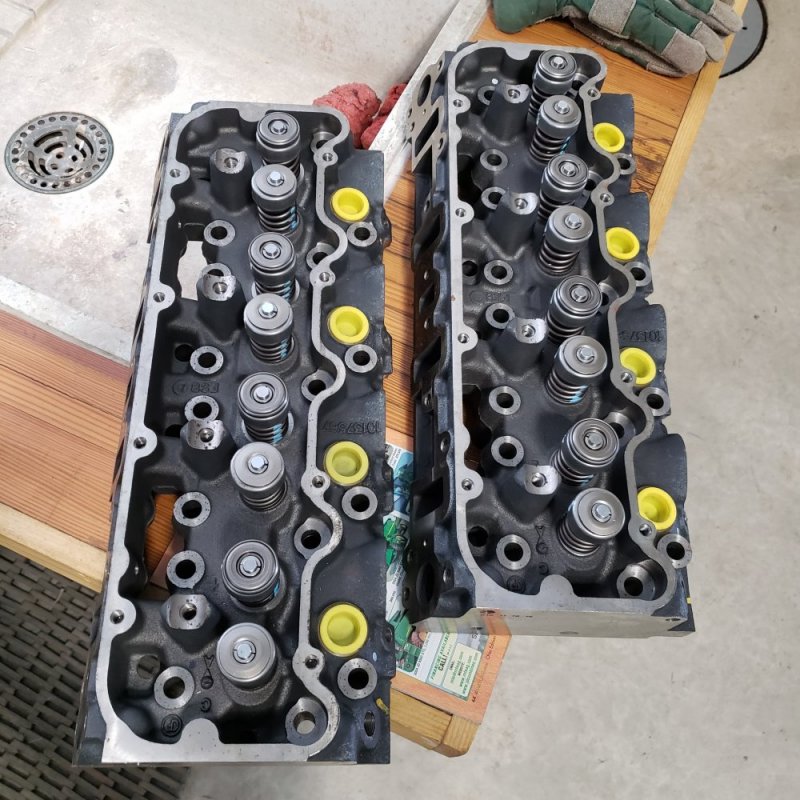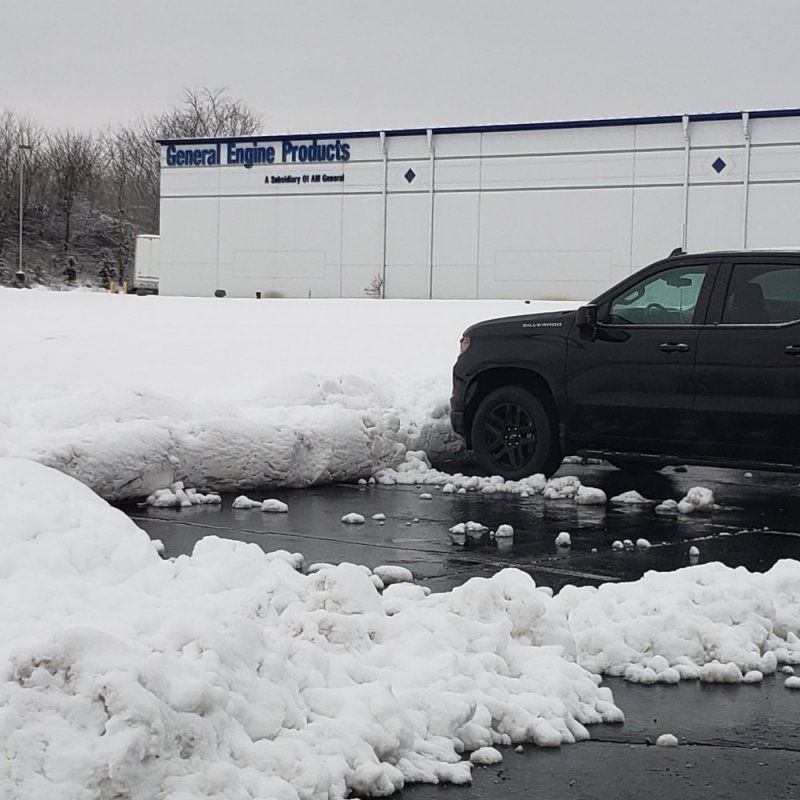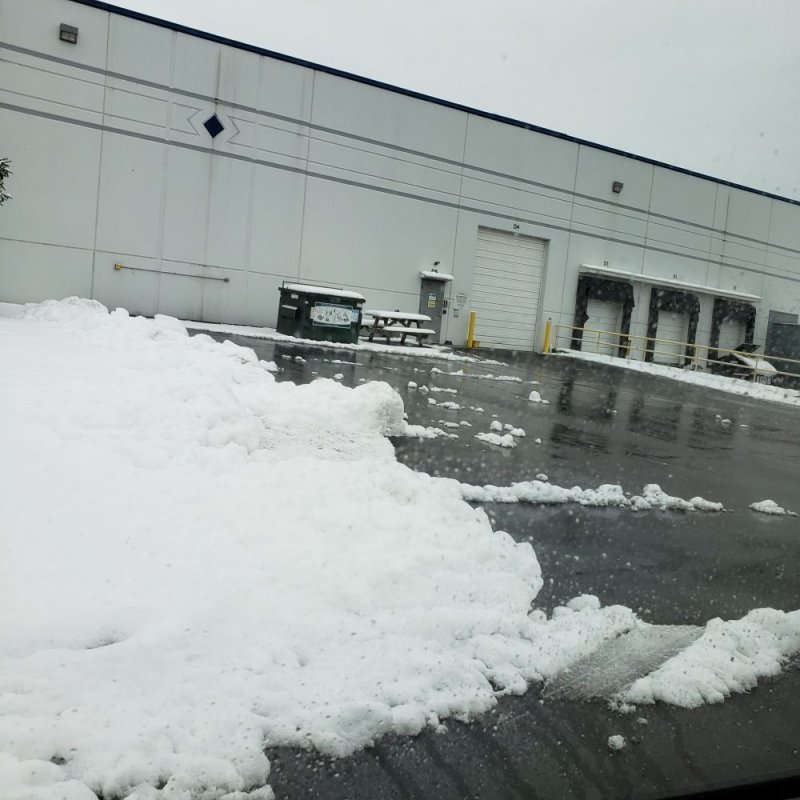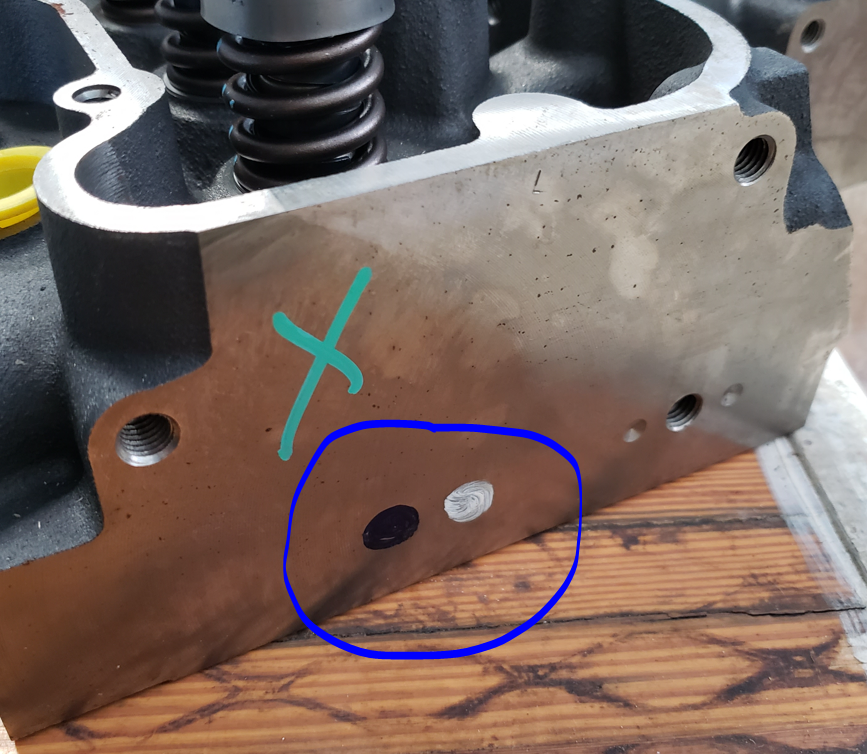SnowDrift
Ultra Conservative. ULTRA!
I had planned to have it balanced with the harmonic balancer which came on the HMMWV motor. Thinking about it further, though, and reading over this conversation, I concluded what I mentioned above. Is that overkill to buy a new one solely for that purpose?

